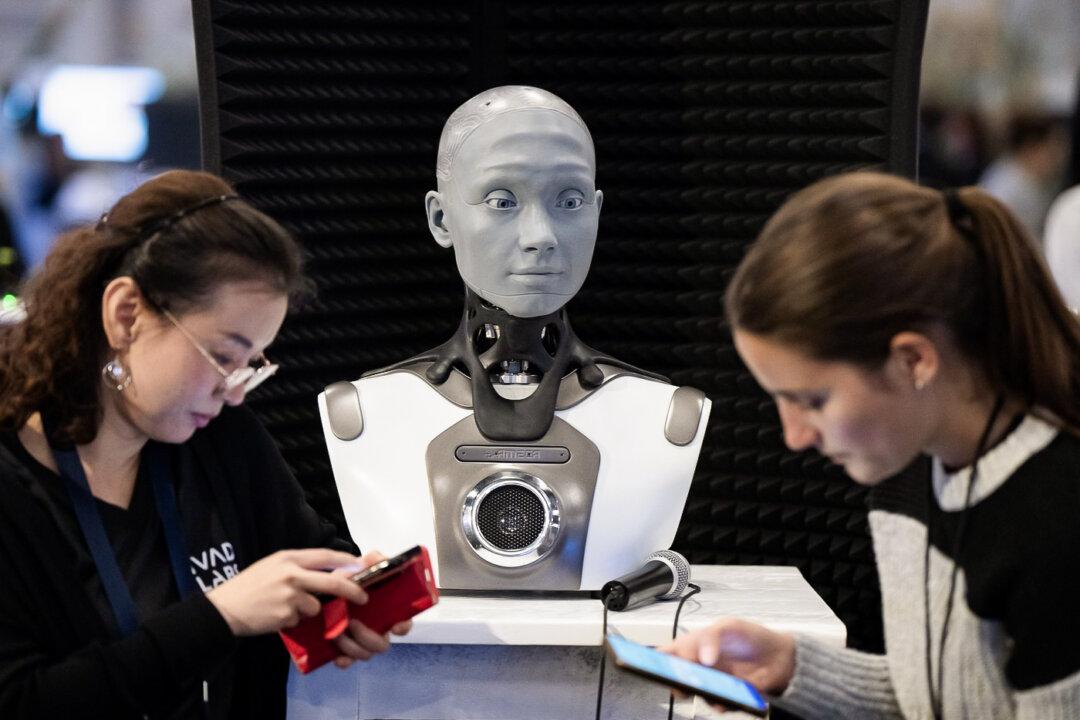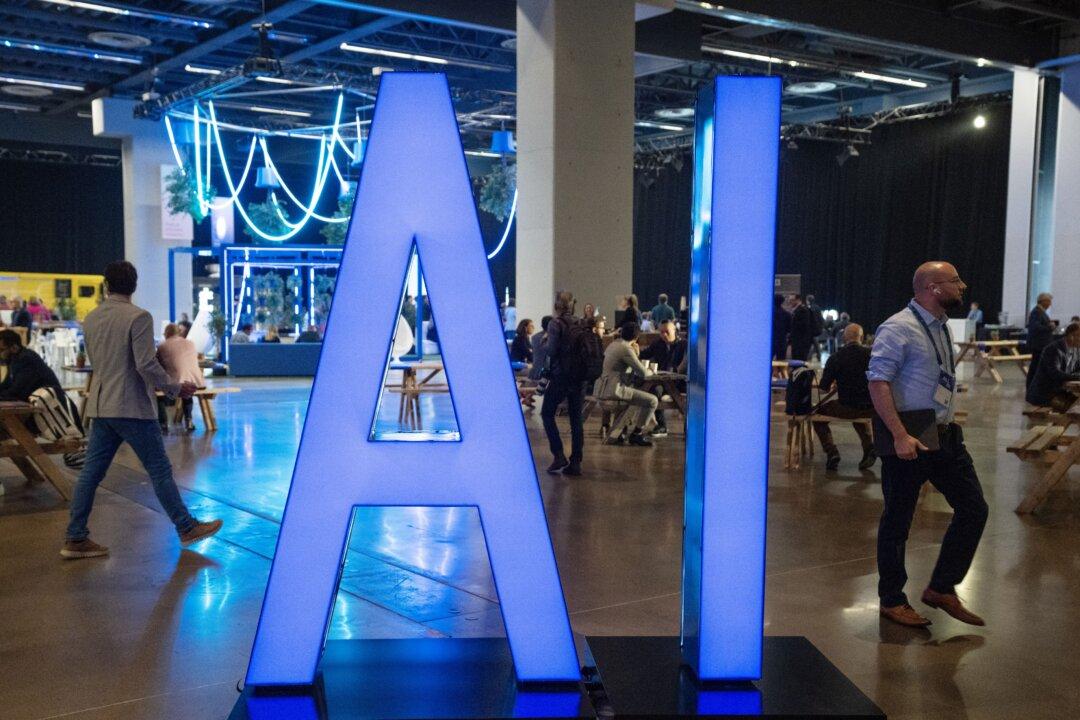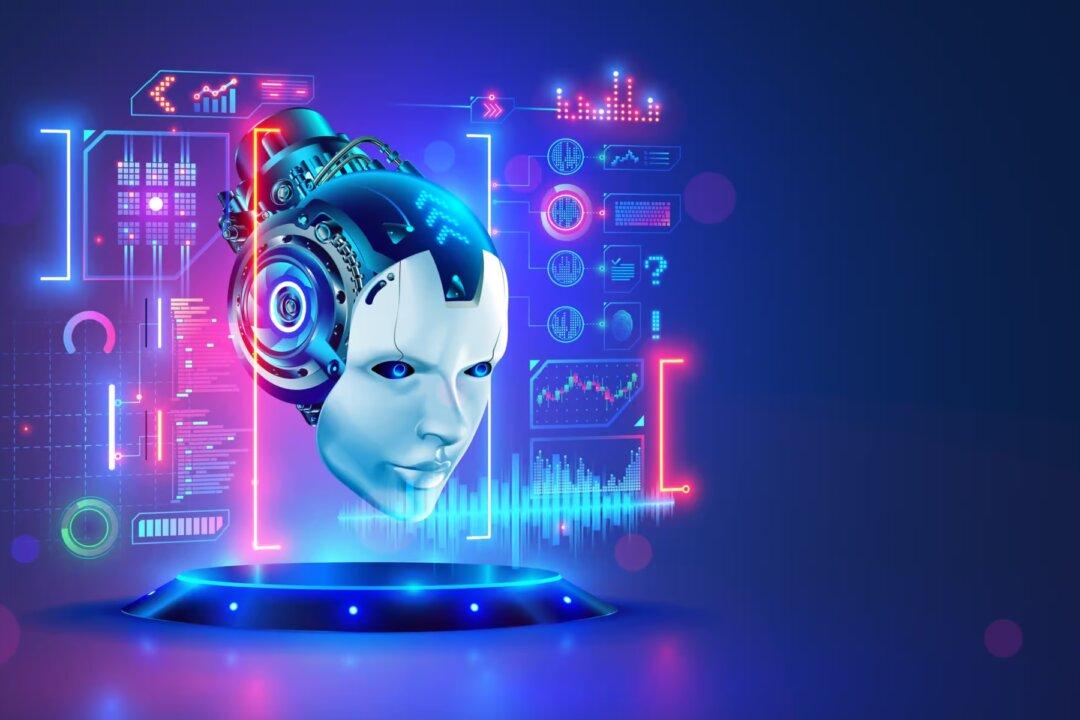Research increasingly indicates that the massive adoption of Artificial Intelligence (AI), even with human controls, involves serious ethical and practical concerns. Meanwhile, despite somber warnings from industry insiders, the technology sector is pouring billions—and potentially trillions—into AI.
Last month, former OpenAI executive Zack Kass said in an interview with Business Insider that AI could be the last technology humans ever invent. Mr. Kass said he believes the continuous development of AI will replace human careers and professions in business, medicine, and education.






